Yu-Gi-Oh’s Trading Card Game has found success through both casuals and hardcore players. Bolstered by the success of its anime adaptations and a rapidly shifting meta, it became one of the most popular card games in the world. Since its inception, Yu-Gi-Oh has gone through a multitude of expansions, bringing with it new mechanics, card archetypes, and, of course, rarities. While this can be exciting as you rip open the packaging on a new pack, it can also be daunting remembering what a shiny gold name means.
The holographic foil commonly referred to as “holofoil”, implanted on the cards immediately tell you of its rarity. As we move up the rarity list the cards become more outright powerful. Many have an extra effect or two that the previous rarity didn’t.
All Yu-Gi-Oh! Rarities Explained
Common
Common rarity houses the most cards, hence, common. They have no holofoil on the name, text, or artwork. Typical monster cards employ black text for the name while magic, trap, and some monsters such as XYZ have white text. Being common doesn’t mean the cards are bad or useless as many have been staples in the meta throughout the course of the game.
Rare
Rare shares the same look as common with the exception of having a silver for the name or black with a silver outline. The effects tend to be more powerful and involved than common but, typically, not overtly powerful.
Super Rare
Super rare is the first deviation as it doesn’t do anything with the name but the art itself. SR uses holofoil for the artwork. The text follows common rarity formula with a black or white name, depending on the card. Super rare are staple cards in many decks and offer more utility than common or rare.
Ultra Rare
Ultra rare takes a bit from each of its predecessors by having holofoil on the name and artwork, though the name is golden rather than silver or black. These can be the centerpiece for which to comfortably build your deck around. They typically aren’t instant win cards and may take some skill to navigate, but they can offer tremendous support or overwhelming effects.
Related: The 10 best Yu-Gi-Oh! booster boxes and tins to buy (2022)
Reprints and Other Special Rarities
These rarities have limited availability or, in some cases, could only be obtained through special circumstances like attending events or tournaments. Others will appear in packs but in very low quantities, thus making them highly sought after. They usually aren’t used in tournaments as the material of some of the cards can be thinner than normal to help with the special holofoil or embossing.
Secret Rare
Follows the style of ultra-rare, the difference is that the name lettering is silver instead of gold but has a rainbow effect when moved. The artwork uses a special holofoil method called parallel holofoil, which produces a dot-like effect.
Prismatic Secret Rare
A more specialized version of secret rare, PSR uses a crossing pattern of horizontal and vertical lines in the holographic artwork. Usually, these run diagonally. The name text has flecks of holofoil coloring, as opposed to other cards having a solid color base.
Ultimate Rare
These tend to be reprints of rare, super rare, secret rare, and ultra rare cards. They have the gold lettering of ultra rare for the name. It takes almost every dedicated area of the card, including borders of the art, monster levels, and icons, and uses a foil effect that makes these areas appear raised.
Gold Rare
Gold rare is the universal name for cards that appeared in the Gold Series of packs. The basic structure is all gold everything: artwork, borders, the name. It is topped off with holofoil for the artwork. It was expanded on with things like gold ultra rare which employs gold embossed borders.
Parallel
Instead of the name or artwork being holographic, the entire card is. It keeps the distinct features of the card’s initial rarity. For example, “parallel rare” will have a silver name, but every bit of the card is holographic.
Ghost Rare
Ghost rare washes the color out of the cards and is coupled with a shiny silver name. The card itself is holographic, giving the card a shiny, mist-like appearance.



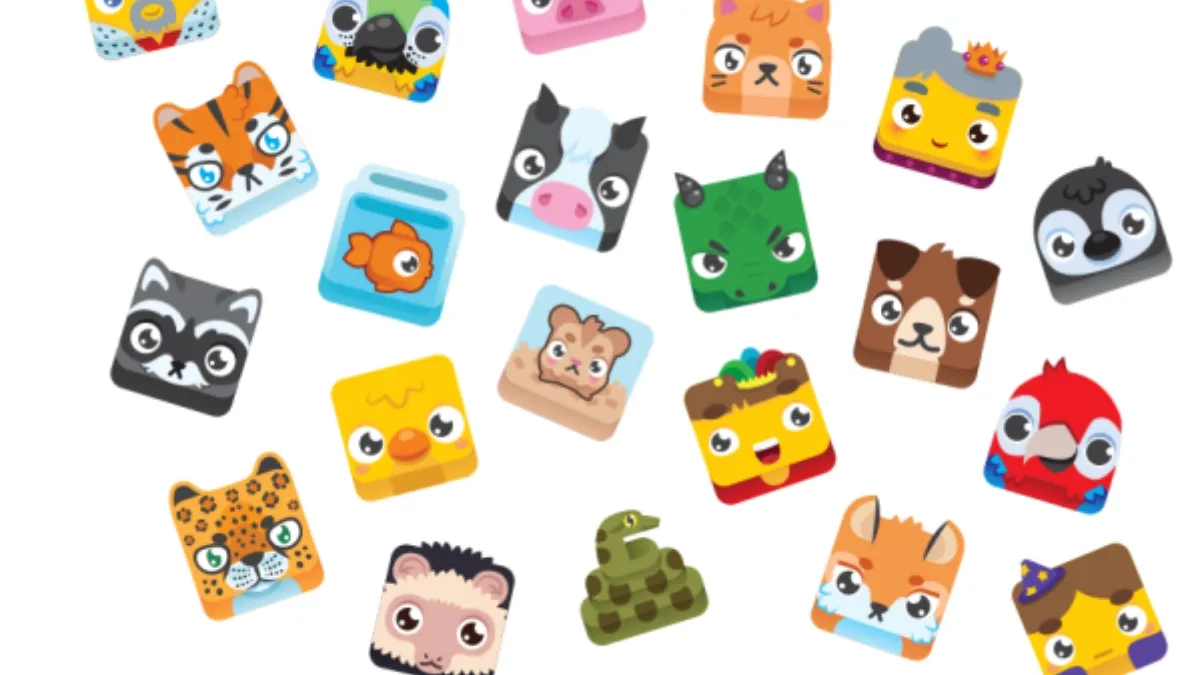
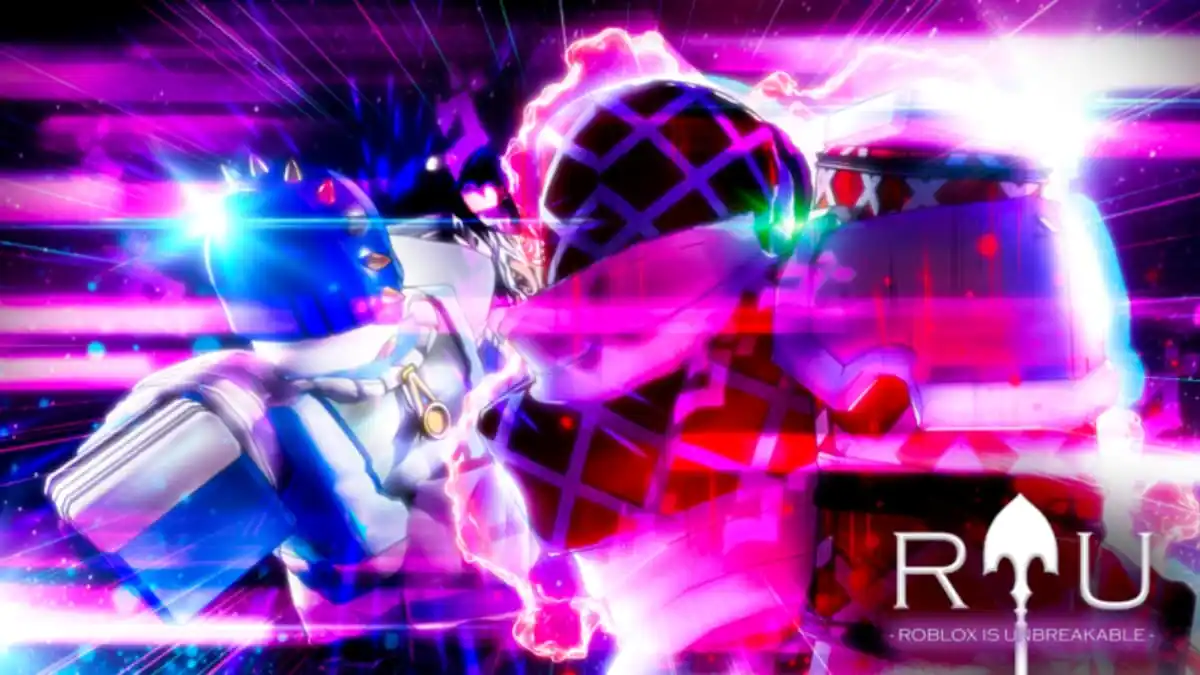
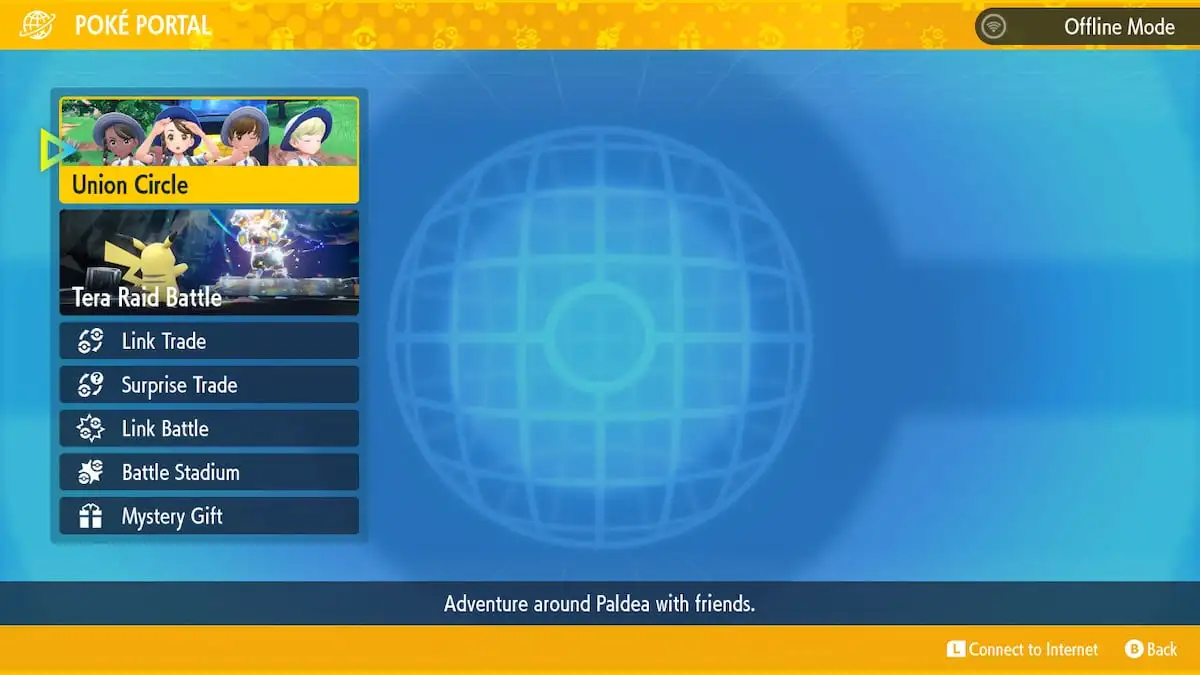


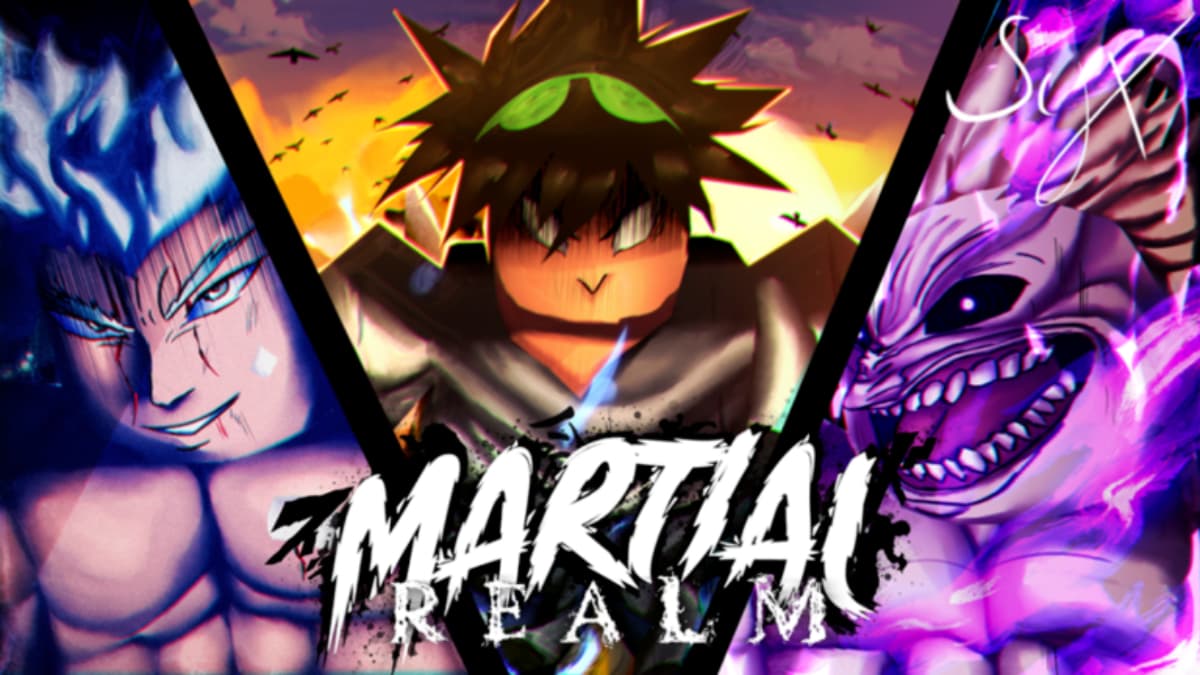

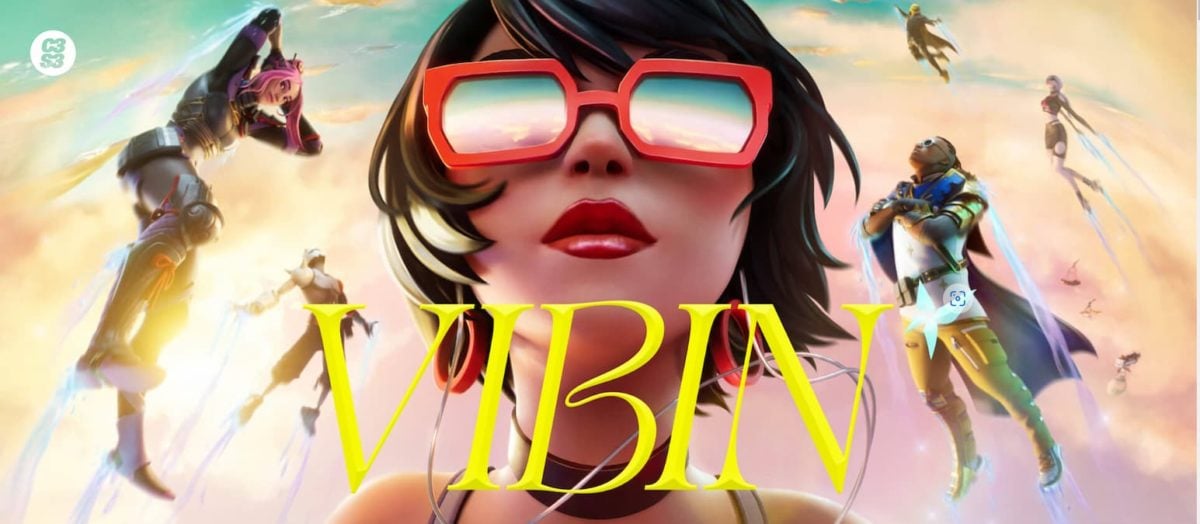
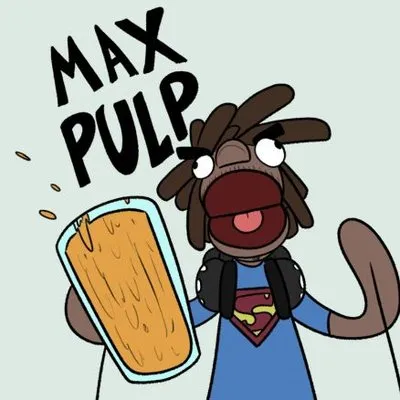
Published: Sep 6, 2022 08:45 am